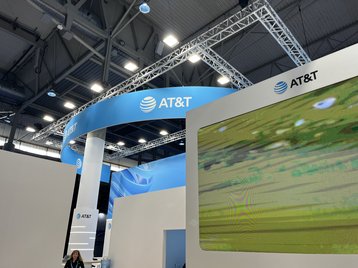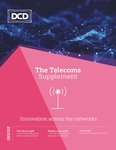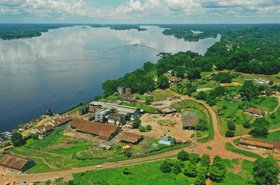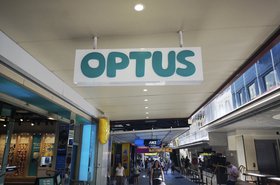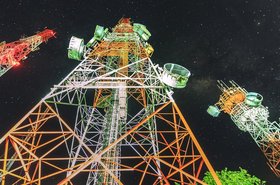AT&T has started to deploy Open RAN technology at scale across the US ahead of plans to operate a fully Open RAN mobile network in the country.
In an interview with DCD at Mobile World Congress last week, Rob Soni, vice president, Radio Access Network (RAN) Technology, AT&T, highlighted progress around the carrier's $14 billion Open RAN deal with Ericsson.
"In terms of progression, we have started deploying assets that are either open capable or will be Open RAN ready, and support our ability to support open network management as well as cloud RAN and radios from vendors who aren't the same as the baseband vendors," said Soni.
AT&T signed the partnership with Ericsson in December 2023, noting at the time that it expects 70 percent of its mobile network traffic to flow across Open RAN platforms by late 2026.
Soni said the company expects to have Open RAN coverage across the entirety of its network next year.
"We will be able to have nearly 100 percent coverage of the network sometime next year," said Soni.
Soni also noted that AT&T will carry out trials with different app providers on the platform later this year.
"On the network management side, we are introducing this new layer that will allow us to have third-party applications as well as our own applications, even Ericsson applications that we can use for automation, optimization, and modernization in the network," said Soni.
"Those are sort of the basic those are the apps that we want to develop and trying to develop with our partners. Ericsson has made a serious investment in the ecosystem and providing support for developers."
Small cells push
AT&T is also working with other Open RAN suppliers in the form of Fujitsu, Mavenir Telecom, Corning Incorporated, and Dell Technologies.
Soni explained that its other radio partners Fujitsu and Mavenir will help serve small cells.
"We're moving in baby steps," said Soni. "We're introducing them [Fujitsu and Mavenir] in the identification layer in the network for small cells... so replacement of existing small cells which were not open and also not same power level. So some are new capabilities and some are to improve the user experience.
"Admittedly, we were having challenges getting such radios built before we had the ability to tap the open ecosystem. So the open ecosystem gave us an ability to get the power levels that we wanted and really that is needed specifically to get good offload in these dense regions."
AT&T has deployed small cells in a number of US cities, including Chicago, San Francisco, and New York City, all of which are dense environments.
When pushed on the progress of Open RAN deployments as a whole across the industry, Soni said that there's still lots of work to do.
"I think [Open RAN's] moving. I think it's moving with incumbents less with disruptors," Soni noted.
"Previously, it was largely a focus of the smaller companies. Now you see announcements on a regular basis with the incumbents such as Ericsson, Nokia, and Samsung. So this is a shift because now the incumbents are starting to embrace Open RAN as the operators come back and tell them to do it."

